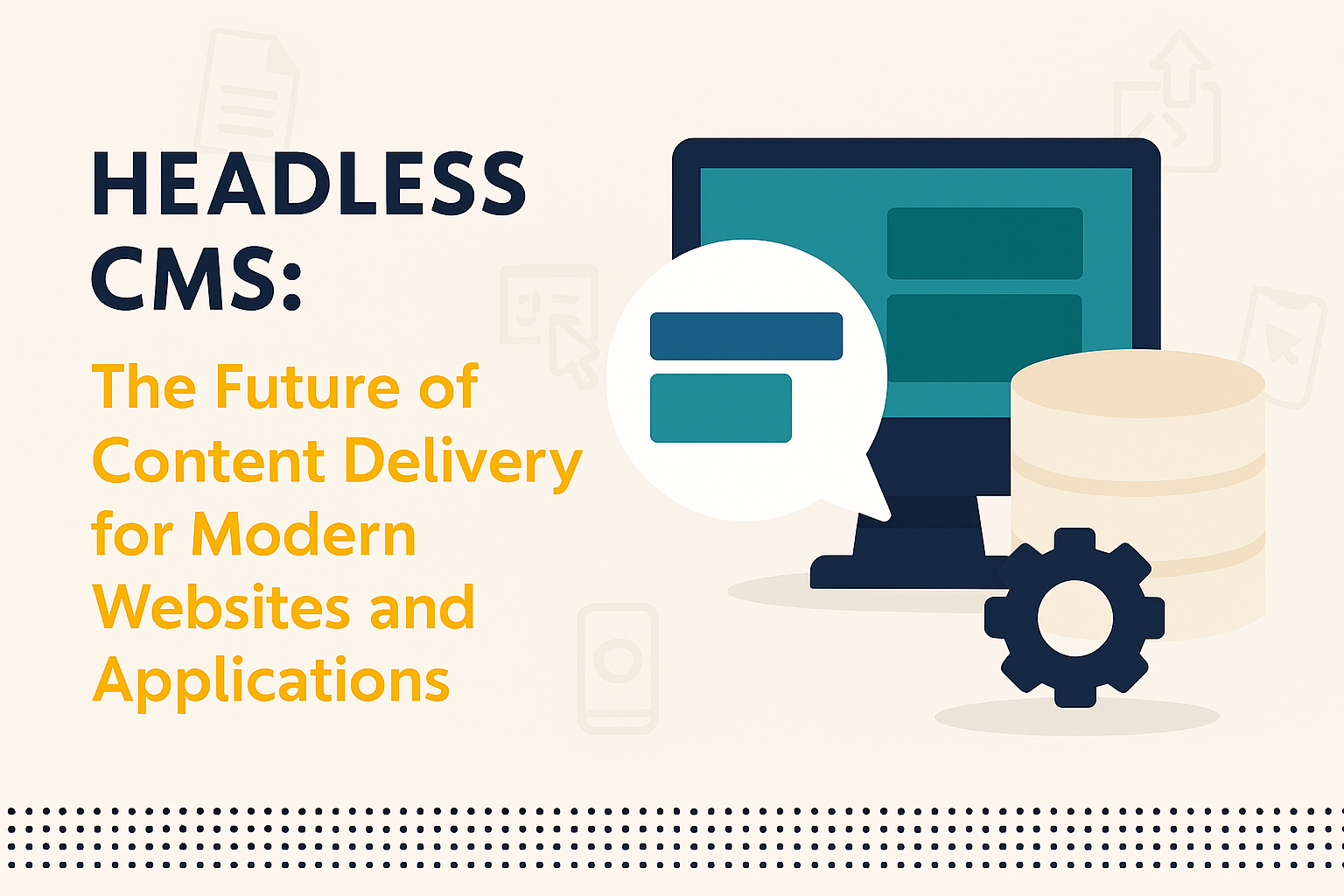In an increasingly multi-channel digital world, the traditional monolithic Content Management System (CMS) often struggles to keep pace with the demands for flexible content delivery across diverse platforms. This blog post provides an in-depth exploration of Headless CMS architecture, positioning it as the cornerstone for modern web development and content strategy. We’ll begin by defining what a Headless CMS is, contrasting it with traditional CMS solutions by highlighting its decoupled nature – separating the content repository (the ‘body’) from the presentation layer (the ‘head’). The core advantage lies in its API-first approach, allowing content to be created, managed, and then delivered via APIs to any ‘head’ or front-end application, whether it’s a website built with React, Vue, or Angular, a mobile app, an IoT device, a smart speaker, or even a VR experience. The article will meticulously detail the significant benefits of adopting a Headless CMS. These include unparalleled flexibility and freedom for developers to choose their preferred front-end technologies, leading to faster development cycles and more innovative user experiences. For content creators, it offers a centralized hub for managing content that can be repurposed and published across multiple channels without duplication, ensuring consistency and efficiency. We’ll also discuss the performance advantages, as decoupled front-ends can be highly optimized for speed and scalability, leading to better SEO and improved user engagement. Security enhancements, often a byproduct of a simpler, API-driven architecture, will also be covered. Furthermore, the blog will delve into practical use cases, illustrating how businesses across various industries – from e-commerce and media to enterprise solutions – are leveraging Headless CMS to build robust, future-proof digital experiences. However, the transition to a Headless CMS is not without its considerations. We’ll address potential challenges such as the increased complexity for non-technical content editors who might miss the ‘what you see is what you get’ (WYSIWYG) preview of traditional systems, the need for stronger developer resources, and the initial setup costs. The article will also provide guidance on choosing the right Headless CMS for specific business needs, outlining key features to look for and questions to ask during the selection process. Finally, we’ll project the future trajectory of Headless CMS, discussing its synergy with Jamstack, serverless architectures, and the broader composable enterprise trend, solidifying its role as an essential component in the evolving digital ecosystem.

